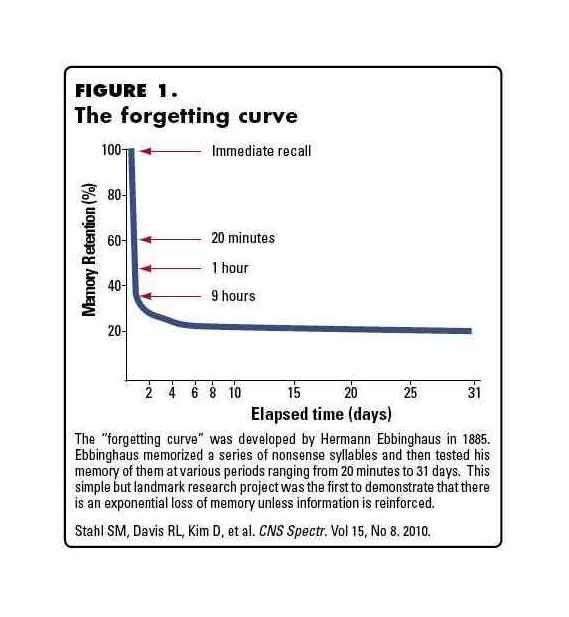AI Content Generator
Experience automated lesson creation for educators in action
Experience AI Lesson Generation
Watch how our AI creates a complete, customized lesson plan in minutes - from content creation to relevant visuals.
Lesson Configuration
Example parameters for an effective learning lesson
Lesson Topic
Lesson Parameters
- Grade Level: Middle School (6-8)
- Duration: 45 minutes
- Includes: Images, Video, Assessment
Learning Objectives
- Understand the science behind effective learning techniques
- Apply spaced repetition to improve long-term retention
- Develop personalized study strategies
- Implement active recall techniques in daily routines
AI will generate a complete lesson plan with these objectives, suitable for the specified grade level.
AI Generation Process
Watch our AI create your personalized lesson plan in real-time
Creating Lesson Structure
Analyzing topic scope and objectives...
✓ Generated lesson structure:
- Introduction to learning science
- Spaced repetition technique
- Active recall strategies
- Practice activities
- Assessment questions
Generating Content
Creating age-appropriate explanations and examples...
✓ Generated content:
"Learning how to learn is perhaps the most valuable skill anyone can acquire. This lesson explores evidence-based techniques like spaced repetition and active recall that can transform your learning process..."
Finding Visual Resources
Searching for relevant images and video resources...
✓ Resources found:
Creating Assessment Materials
Developing practice activities and assessment questions...
✓ Assessment created:
Example question:
"What is the primary benefit of spaced repetition over cramming?"
- It takes less total study time
- It significantly improves long-term retention
- It's less mentally taxing
- It works better for visual learners
Finalizing Lesson Plan
Formatting and optimizing final lesson plan...
Generated Lesson Plan
| | minutes
How to Learn Effectively
Learning Objectives
- Understand the science behind effective learning techniques
- Apply spaced repetition to improve long-term retention
- Develop personalized study strategies based on learning preferences
- Implement active recall techniques in daily study routines
Introduction
Learning how to learn is perhaps the most valuable skill anyone can acquire. Whether you're a student preparing for exams, a professional developing new skills, or someone pursuing personal interests, understanding how your brain processes and retains information can dramatically improve your learning efficiency and effectiveness.
This lesson explores evidence-based techniques that can transform your learning process, helping you remember more while studying less. We'll look at the science behind learning, practical techniques you can implement immediately, and ways to customize these approaches to your unique learning style.
Key Learning Principles
1. Spaced Repetition
Spaced repetition involves reviewing information at gradually increasing intervals. Instead of cramming all at once, you study material, then review it after a day, then three days, then a week, and so on.
This technique works because it aligns with how our brains form long-term memories. Each time you review material just as you're about to forget it, you strengthen the neural pathways associated with that information.
Use flashcard apps like Anki that automatically implement spaced repetition algorithms to optimize your review schedule.

The forgetting curve and how spaced repetition counteracts it
2. Active Recall
Active recall involves actively stimulating memory during the learning process. Instead of passively reading or highlighting text, you test yourself on the material.
When you force yourself to retrieve information from memory, you strengthen those memory pathways much more effectively than by simply reviewing the information repeatedly.
Active Recall Methods:
- Create questions about the material and answer them without looking
- Explain concepts out loud in your own words
- Create mind maps from memory, then check for accuracy
- Use the Feynman Technique: explain the concept as if teaching it to someone else
Video Explanation
Video: "Learning How to Learn" by Barbara Oakley
Practice Activity
Personal Learning Analysis
This activity helps you apply effective learning principles to your own studies:
- Analyze your current approach: Write down how you typically study for an important test or learn a new skill. Be specific about time, environment, and methods.
- Identify inefficiencies: Review your approach and mark areas that might be passive rather than active learning. Look for cramming or other less effective methods.
- Redesign your approach: Create a new study plan that incorporates spaced repetition and active recall. Schedule specific review sessions with increasing intervals.
- Implementation: Use this plan for one week, keeping notes on what worked well and what challenges you encountered.
Assessment Questions
1. What is the primary benefit of spaced repetition over cramming?
2. Which of the following is an example of active recall?
Summary and Additional Resources
Effective learning is a skill that can be developed and refined over time. By implementing evidence-based techniques like spaced repetition and active recall, you can dramatically improve your ability to learn and retain information. Remember that everyone's learning style is unique—experiment with these methods to find what works best for you.
Transform Your Content Creation
Our AI platform handles everything from content generation to formatting, saving hours of preparation time
Comprehensive Content
Generates complete lesson content including explanations, activities, and assessments from simple outlines.
Age-Appropriate
Automatically adjusts language complexity and examples to match the specified grade level.
Multimodal Output
Creates text-based content plus suggestions for visual aids, activities, and assessments.
Ready to revolutionize your content creation?
We can customize the Content Generator for your specific curriculum and educational needs